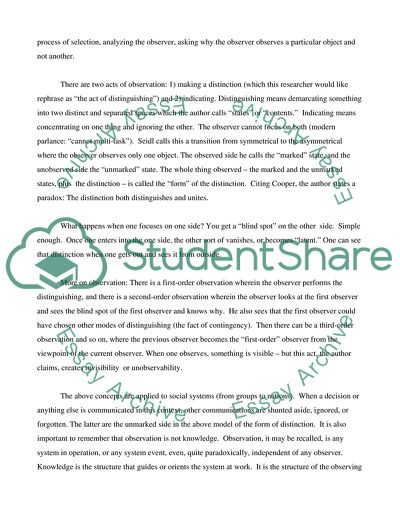An Alternative Concept of Knowledge Article Example | Topics and Well Written Essays - 1500 words. https://studentshare.org/philosophy/1715768-the-dark-side-of-knowledge-knowing-the-unknown
An Alternative Concept of Knowledge Article Example | Topics and Well Written Essays - 1500 Words. https://studentshare.org/philosophy/1715768-the-dark-side-of-knowledge-knowing-the-unknown.


